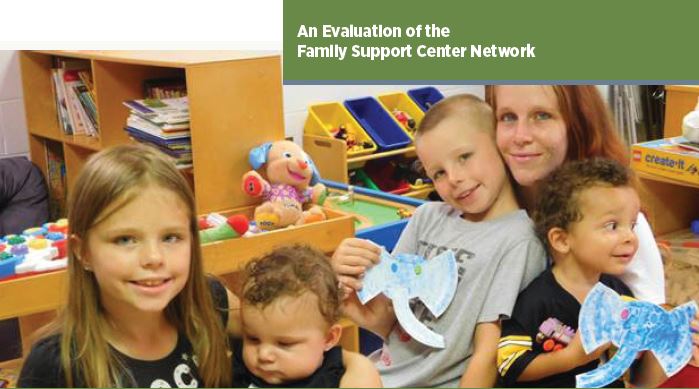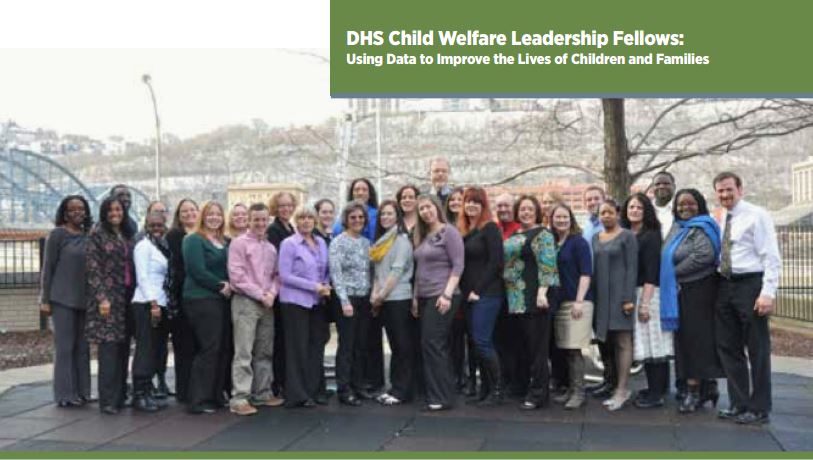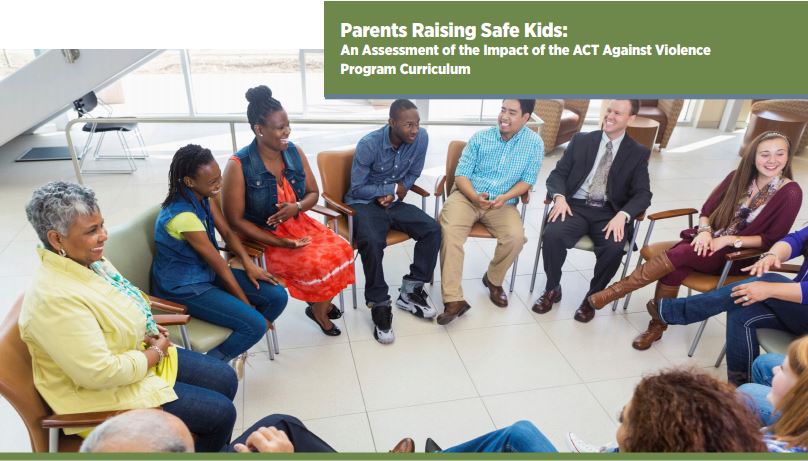In Allegheny County in 2016, 73 children in child welfare out-of-home placements ran away. This represents three percent of all children and nine percent of children ages 12 through 18 who were in placement that year. In this data brief, we analyze the factors that may contribute to runaway episodes in Allegheny County’s child welfare system such as demographics of the children and their placement types prior to running away.





